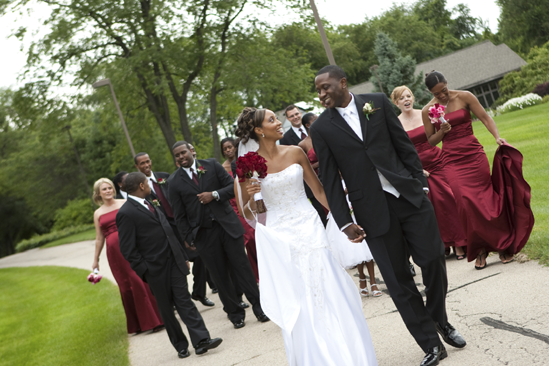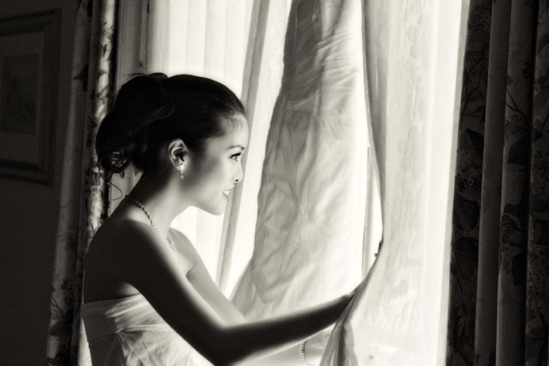
Although nothing like what the bride and groom must do, you will also have a checklist of essential preparations to make before the wedding day. The more work you put into the event before it happens, the easier the shoot will be, and the more satisfied everyone will be with the results. Preparing for the wedding day involves understanding the couple and becoming familiar with the locations of the ceremony and the reception, as well as the wedding schedule.
One of the most important decisions a couple makes when planning their wedding is where to hold the ceremony and the reception. As I'm sure you know, sometimes the ceremony and reception are held at the same place. Other times they are miles apart. Obviously, being familiar with the locations is important from a technical point of view. You need to know ahead of time what type of lighting you can expect, where you can find the best back drops, and what challenges you may face. Yet, you shouldn't limit your focus on the location to identifying technical concerns alone.
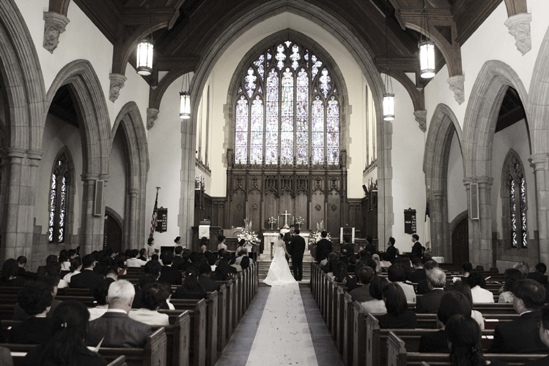
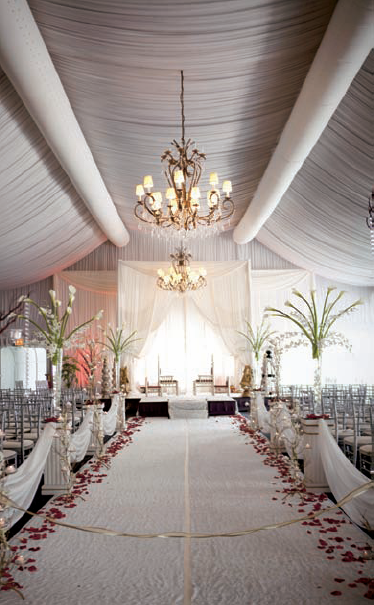
Wedding ceremonies and receptions can take place in a wide variety of places, from traditional historic churches to exotic sandy beaches. The location chosen nearly always has special meaning to the couple, and as the wedding photographer, you should be sure to ask the couple why they picked each location. Are they getting married on the beach because they love the outdoors? Or is it a big church wedding because they both have the same religious beliefs? In understanding what is special to them, you can better identify the important characteristics of the location that should be captured in your photography. Discussing their reasons for selecting their locations also shows interest in them and in the decisions they made for their wedding day, helping build important rapport between you and your client.
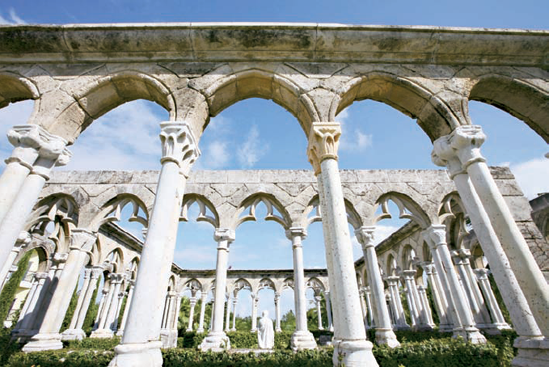
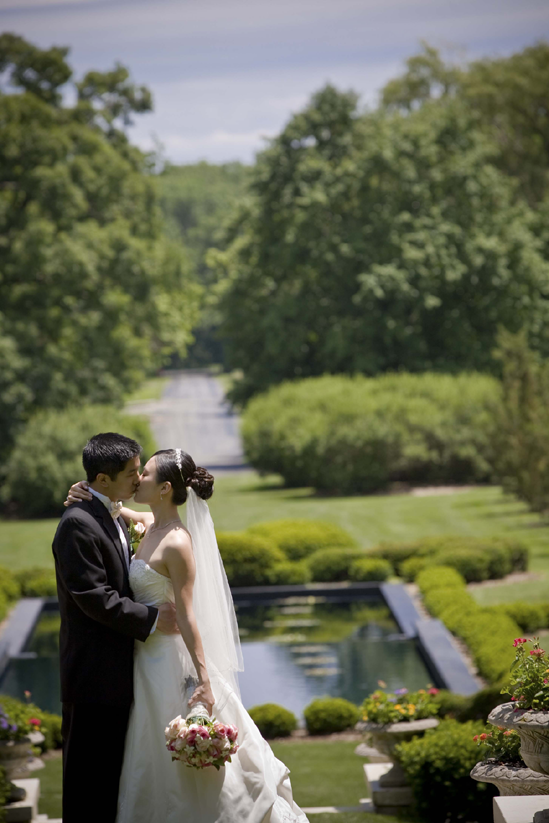
When it comes to wedding photography, knowing the location and layout of the wedding ceremony and reception is essential to picking the best angles, the best backgrounds, and knowing what gear you need to use. If possible, I recommend scouting out the locations of both events ahead of time. Use the shot list template at the back of this book, and make sure to study each of the areas where specific shots will take place.
Sometimes it is not possible to visit the site before the wedding. If this is the case, research the locations on the Internet to look for images you can study. You can also contact other photographers who may have shot at the locations or event coordinators at the locations to ask questions and request images.
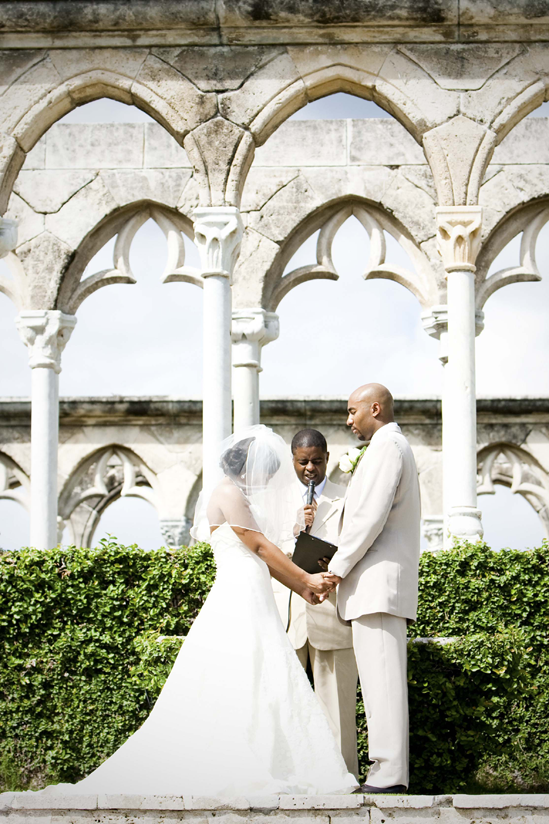
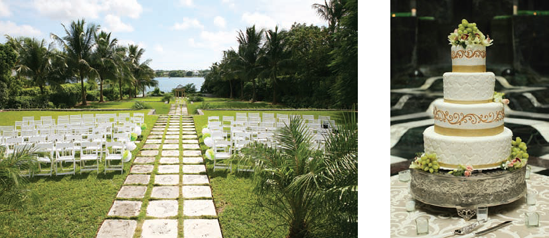
A good background can make an average photograph into a great one. One key to being a great wedding photographer is the ability to pick out areas that will make great backgrounds. As you scout the wedding and reception sites before the wedding, look for fun and interesting background locations.
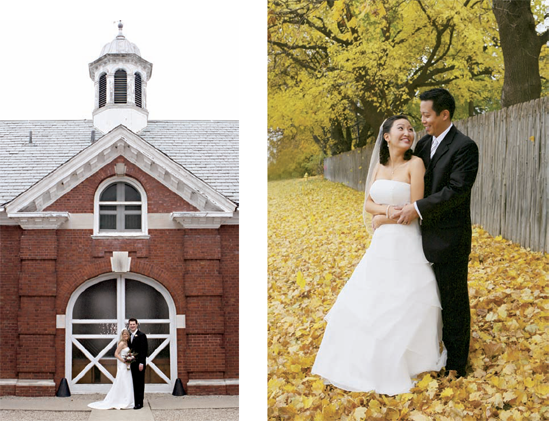
Knowing beforehand where you plan to take the photographs will really increase your chances of getting great images instead of average ones. Background is important, but I also believe sometimes you can make an ordinary background into something extraordinary with how you crop, position your client and use the angles. You may not always find the best background when working at some venues, but use that obstacle to challenge yourself to create interesting opportunities.
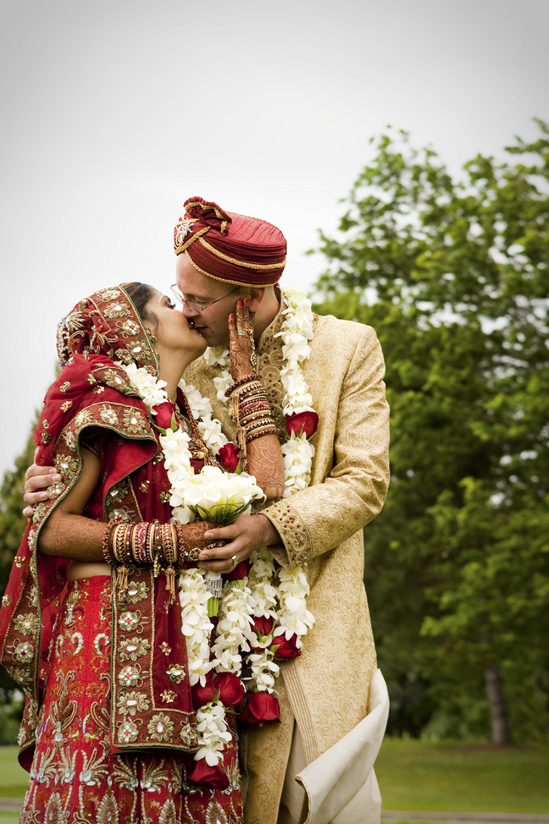
Using a shallow depth of field will help make your subject stand out against any background. Using an f-stop of f/4 or wider will make the background blur into a nearly unrecognizable blob of color.
The time of day the wedding takes place will directly impact the photographs because of the position of the sun. This is true even if the wedding is held indoors since it will determine how much light will be coming in through windows and doors. For example, in churches, a bright afternoon light can make stained glass windows shine and radiate bright colors, which can cause a colorcast to be present in your photos. No bride and groom will look good with a shaft of bright red or green light falling across their faces, and while it is possible to fix these problems using Photoshop, it will take hours and could be avoided by knowing where the light falls in the first place.
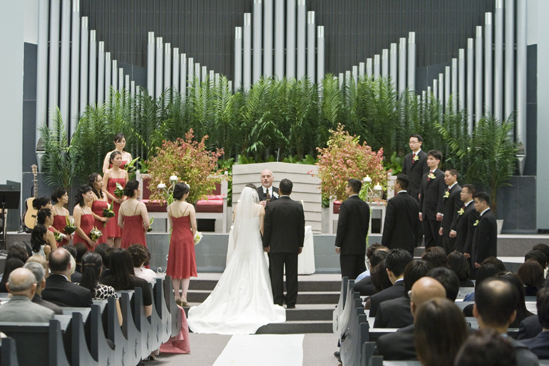
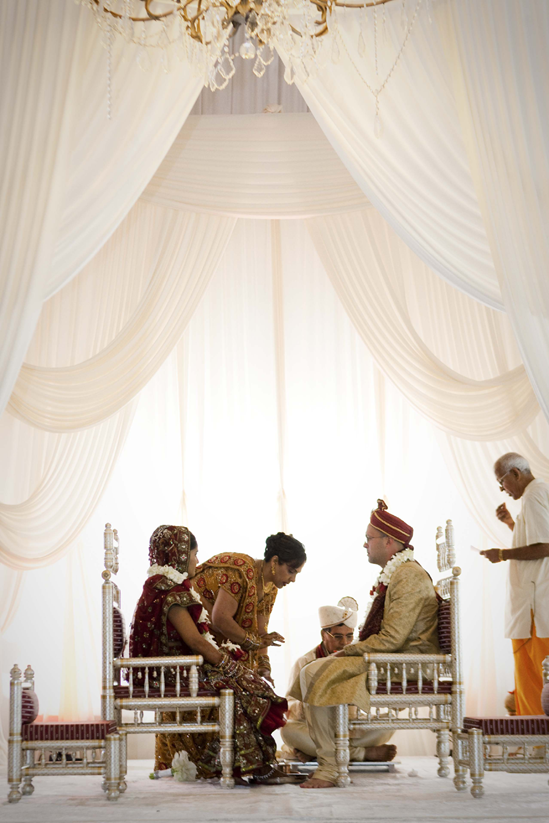
When scouting the wedding site, if possible, it's best to visit at the same time of day that the wedding will be taking place. This allows you to look for areas that are in deep shadows or bright direct sunlight that can cause problems for your images. Keep in mind that as the day progresses the natural light will keep changing. As the sun gets lower in the sky, the angles of the shadows will change and so will the quality of the light, which is diffused as it travels due to the angle of the sun. Photographers love to shoot during the "golden hour," that time right before and after the sun sets. Obviously, not all weddings are planned for this time of day, so you must see what lighting will be available and how it will impact your photography.
Light has a color and that color can influence the mood and tone of your images. The more red in the light the warmer the images will feel, while the more blue will cause your images to seem colder. While light might all look the same to our eyes, different types of light look very different to the sensors in our digital cameras, which requires proper adjustment with the white balance. The key is to understand the different light you might be shooting under and set the White Balance on your camera to match the lighting conditions. This will give you the most accurate color and help with any unwanted colorcasts. Many times, the Auto White Balance on your camera will be able to accurately render the correct colors, but if you want to understand what effect the light has on your images, consider the list of light sources on page 12 of this chapter.
In addition to an Auto White Balance setting, your camera will also allow you to pick between the following: Tungsten, Florescent, Shadow, Cloud, Daylight and you can set the actual Kelvin temperature of the light, if you know it. These settings allow you to fine tune the White Balance when photographing. It is also possible to correct the White Balance in post production using software, although it's best if you can be accurate when shooting.
When different types of lights are present in the same image, there can be a colorcast that can ruin a perfectly good image. It is up to the photographer to decide which of the light sources is the strongest in the scene and to set the white balance accordingly.

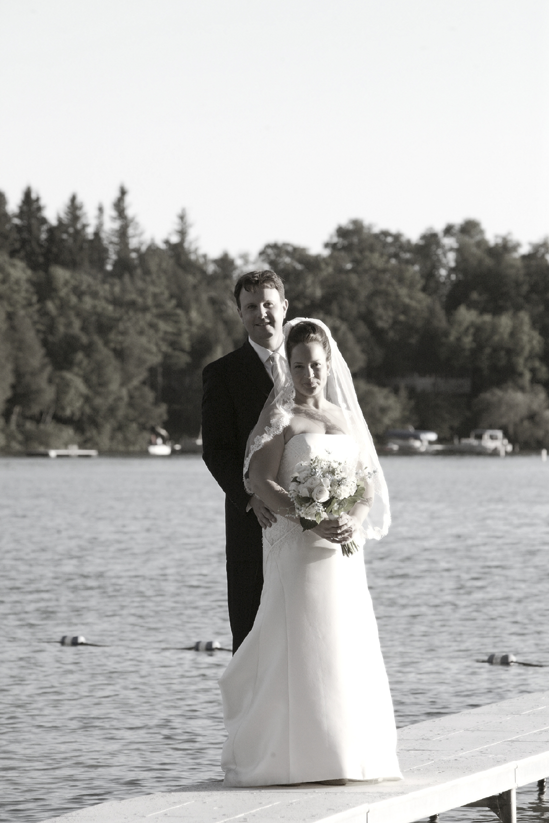
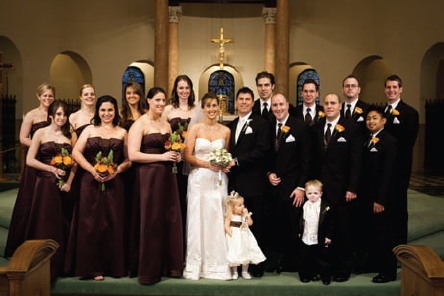
The wedding schedule is a formalized plan designed to keep the wedding moving. With so many different elements involved, from hair and makeup before the wedding to the getaway car whisking the bride and groom off to start their new life together, everything needs to be planned ahead of time. As the wedding photographer, you need to be involved with the creation of this timeline so you know when and how long you will have to capture each and every part of the wedding. Likewise, the wedding planner will need to know how long you need to capture the portraits before and after the ceremony. The wedding schedule can be broken into three distinct sections:
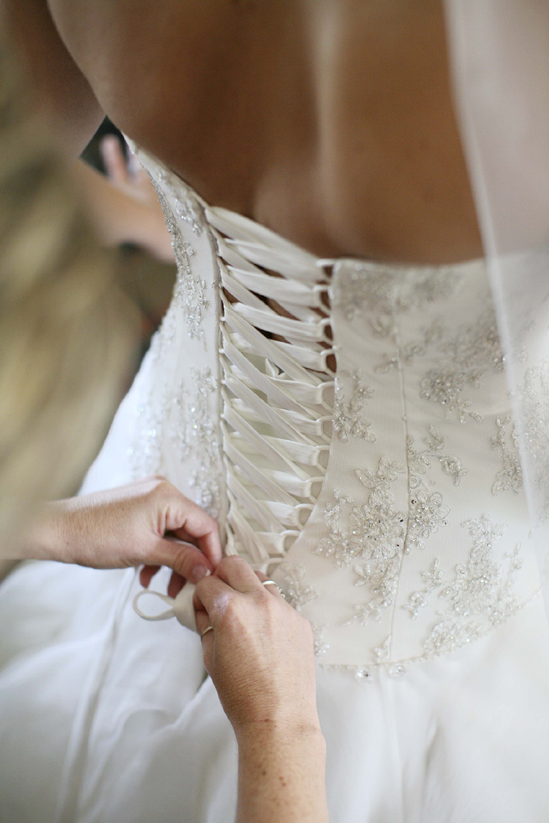

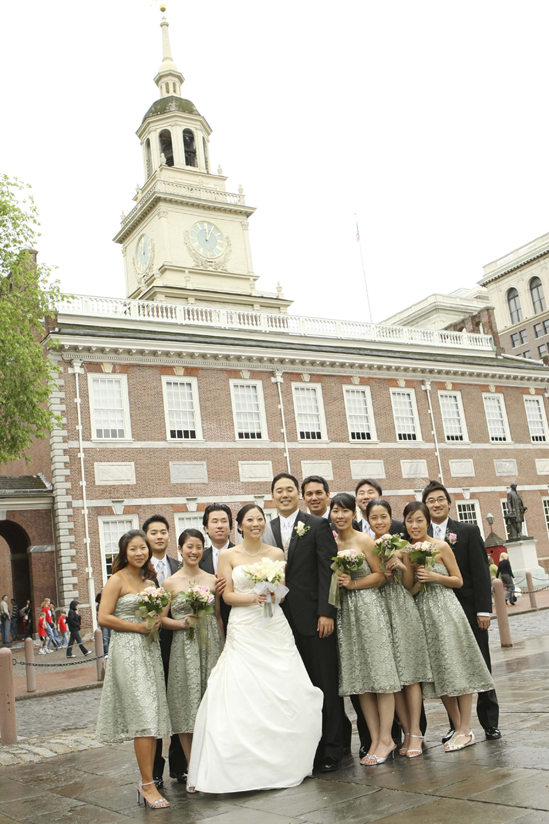
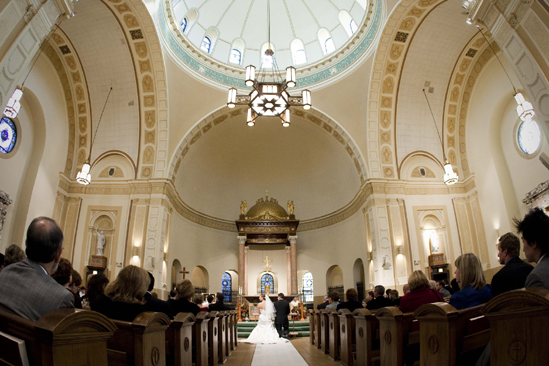
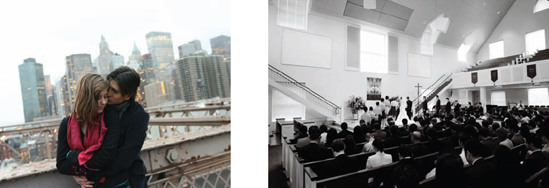
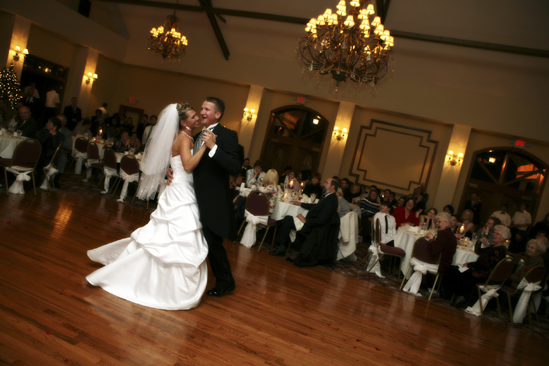
Once the schedule is set, it is up to you to get the shots you need in the allotted time. If you take too long to set up and capture the pre-ceremony portraits, then the ceremony will start late, the reception will start late and the entire schedule will be delayed. You do not want to be the one responsible for guests being served cold food, so make sure if you tell them the photos will take 30 minutes, you are really done in 30 minutes. When dealing with a large crowd, it's usually a good idea to pad the amount of time required to allow for unforeseen circumstances such as when family members arrive late.

Being a great wedding photographer involves much more than just showing up at the ceremony and reception with your equipment. The more you prepare for each shoot, the better images you'll capture. Understanding why the couple chose their ceremony and reception locations will help you capture images that convey the couple's unique style. If possible, scout the location before the wedding day and be sure to work with the wedding planner to create a well-planned schedule so on the day of the events, you can focus on creating a beautiful product for your clients.
